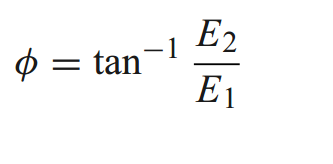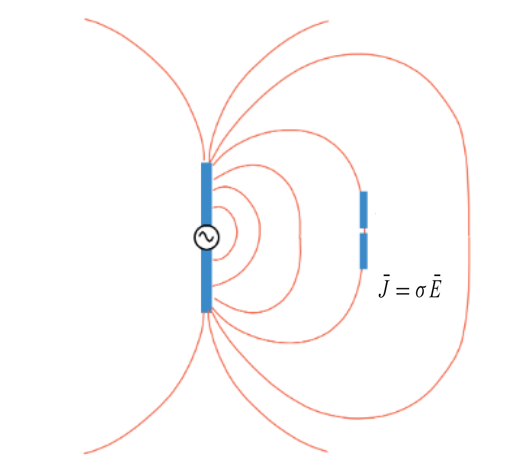In the antenna world, there is such a law. When a vertically polarized antenna transmits, it can only be received by a vertically polarized antenna; when a horizontally polarized antenna transmits, it can only be received by a horizontally polarized antenna; when a right-hand circularly polarized antenna transmits, it can only be received by a right-hand circularly polarized antenna; when a left-hand circularly polarized antenna transmits, it can only be received by a right-hand circularly polarized antenna; The circularly polarized antenna transmits and can only be received by a left-hand circularly polarized antenna.
RFMISO Circularly polarized horn antenna products
The so-called vertically polarized antenna refers to the wave emitted by the antenna, and its polarization direction is vertical.
The polarization direction of the wave refers to the direction of the electric field vector.
Therefore, the polarization direction of the wave is vertical, which means that the direction of the electric field vector is vertical.
Similarly, a horizontally polarized antenna means that the direction of the waves is horizontal, which means that the electric field direction of the waves it emits is parallel to the earth.
Vertical polarization and horizontal polarization are both types of linear polarization.
The so-called linear polarization refers to the polarization of waves, that is, the direction of the electric field points in a fixed direction. Fixed means that it will not change.
The circularly polarized antenna refers to the polarization of the wave, that is, the direction of the electric field, which rotates at a uniform angular velocity w as time changes.
So how are left-handed and right-handed circular polarization determined?
The answer is with your hands.
Take both hands out, with their thumbs pointing in the direction of wave propagation, and then see which hand's bent fingers rotate in the same direction as the polarization.
If the right hand is the same, it is right-handed polarization; if the left hand is the same, it is left-handed polarization.
Next, I will use formulas to explain to you. Now suppose there are two linearly polarized waves.
One polarization direction is the x direction and the amplitude is E1; one polarization direction is the y direction and the amplitude is E2; both waves propagate along the z direction.
Superposing the two waves, the total electric field is:

From the above formula, there are many possibilities:
(1) E1≠0, E2=0, then the polarization direction of the plane wave is the x-axis
(2) E1=0, E2≠0, then the polarization direction of the plane wave is the y-axis
(3) If E1 and E2 are both real numbers and not 0, then the polarization direction of the plane wave forms the following angle with the x-axis:

(4) If there is a certain phase difference between E1 and E2, as shown in the figure below, the plane wave can become a right-hand circularly polarized wave or a left-hand circularly polarized wave.

For vertically polarized antennas to receive vertically polarized waves, and horizontally polarized antennas to receive horizontally polarized waves, you can understand it by looking at the figure below.

But what about circularly polarized waves? In the process of deriving circular polarization, it is obtained by superposing two linear polarizations with phase differences.
To learn more about antennas, please visit:
Post time: May-21-2024











